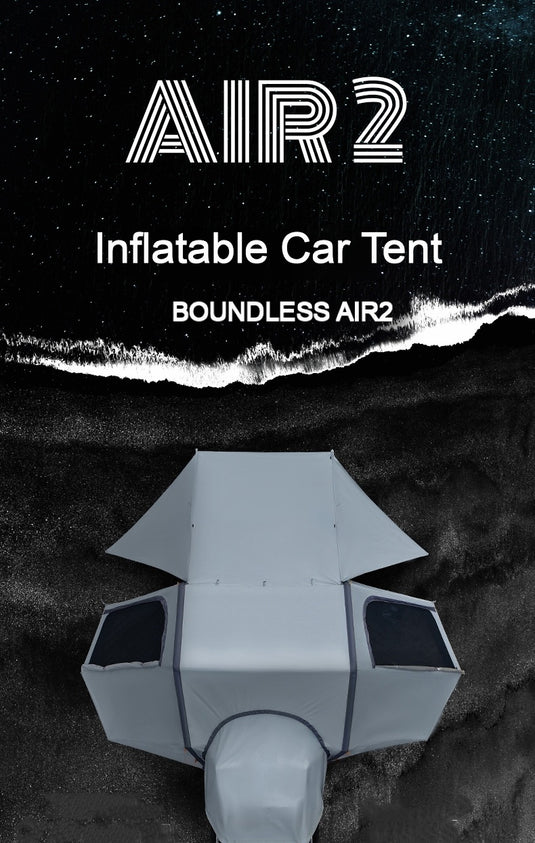The call of the great outdoors is irresistible for those eager to embrace nature. Whether you're a novice camper or a seasoned explorer, a comfortable and suitable sleeping bag is essential for your outdoor escapades. In this comprehensive guide, tailored for newcomers to the world of camping, we'll walk you through the process of choosing the ideal sleeping bag. We'll cover the fundamental factors that will ensure a cozy and restful night's sleep under the stars, focusing on insulation, durability, weight, and additional features.

Part 1: Insulation - Staying Warm and Cozy
When it comes to outdoor adventures, keeping warm is a top priority. The insulation of your sleeping bag is your first line of defense against the elements. Let's break down the key aspects of insulation for beginners.
1.1 Synthetic Insulation
For those starting their outdoor journey, synthetic insulation is a reliable choice. Sleeping bags with synthetic fill are designed to retain warmth even when they get wet, making them suitable for unpredictable weather conditions. Beginners often appreciate the peace of mind that comes with this durability.
1.2 Down Insulation
Down insulation is favored for its exceptional warmth and lightweight properties. However, down sleeping bags require careful handling to keep them dry, which might not be the best choice for inexperienced campers. As you gain more outdoor experience, you can explore down options, but for now, synthetic insulation may be the safer bet.
1.3 Temperature Ratings Simplified
Understanding temperature ratings can be perplexing for beginners. To keep it simple, consider the season you plan to camp in. Look for sleeping bags with clear season labels, such as summer, three-season, or winter bags. This can help you select a bag suitable for the expected temperature range during your trips.
1.4 Shape Matters
The shape of your sleeping bag also influences warmth and comfort. Mummy-shaped bags are snug, efficient at retaining heat, and often preferred by beginners for their simplicity. Rectangular bags are roomier but may be less effective in colder conditions. As you become more experienced, you can explore various shapes and find your preferred style.
Part 2: Durability - A Bag That Lasts
Outdoor adventures can be rough on your gear, and your sleeping bag is no exception. Durability is a key concern, especially for beginners who want their investment to stand the test of time.
2.1 Durable Shell Material
The shell material of your sleeping bag plays a crucial role in its longevity. Look for options made from robust materials like nylon or ripstop fabric. These materials are known for their durability and resistance to tears and abrasions, making them an excellent choice for outdoor novices.
2.2 Dependable Zippers and Hardware
Zippers and hardware can be weak points in a sleeping bag. Prioritize bags with high-quality zippers and reinforced guards to prevent snags and damage. Seek out anti-snag features, as they can significantly enhance the lifespan of your sleeping bag.
2.3 Solid Stitching and Seams
Pay attention to the stitching and seams of your chosen sleeping bag. Well-constructed seams and reinforced stitching prevent fraying and water leakage, adding to the bag's longevity. Look for brands with a reputation for quality construction.
2.4 Care and Maintenance
Proper care and maintenance play a role in extending the life of your sleeping bag. Store it in a breathable sack when not in use to maintain insulation loft. Follow the manufacturer's recommendations for cleaning and drying your bag, which will help avoid issues like mold and mildew.

Part 3: Weight - Backpacking Essentials
For beginners venturing into backpacking, the weight of your gear is a significant concern. Carrying a heavy sleeping bag can be exhausting, so let's navigate the weight conundrum.
3.1 Entry-Level Weight
Starting out, you don't need to obsess over ultralight gear. A standard weight sleeping bag provides a good balance of weight and comfort for beginners. These bags offer adequate insulation, roomy designs, and sturdy zippers without overwhelming you with extra weight.
3.2 Weight Versus Temperature
Consider the expected temperature conditions during your trips. In warmer weather, you can opt for a lighter bag with less insulation. However, in colder climates, a slightly heavier bag with extra warmth is a wise choice to ensure your comfort and safety.
3.3 Compactness
Backpackers must also think about the compressed size of their sleeping bags. Look for bags with compression stuff sacks or efficient packing designs to maximize space in your backpack. Remember that down insulation generally compresses more effectively than synthetic insulation, but for beginners, both options can be suitable.
Part 4: Additional Features - Fine-Tuning Your Comfort
Beyond the essentials of insulation, durability, and weight, there are a few additional features that can enhance your camping experience.
4.1 Hood for Added Warmth
Hoods in sleeping bags can be cinched around your head to conserve heat. This feature is especially valuable for beginners who might not have a dedicated camping pillow yet.
4.2 Convenient Pockets
Some sleeping bags come with internal or external pockets, making it easy to keep essential items, like your phone, headlamp, or snacks, within reach during the night.
4.3 Draft Collars and Tubes
Draft collars around the neck area and draft tubes along the zippers are designed to prevent cold air from seeping in. These features provide extra insulation and are beneficial in colder conditions.
4.4 Insulated Footbox
An insulated footbox helps keep your feet warm, which is often crucial for a good night's sleep. Beginners may particularly appreciate this feature in colder climates.

Choosing the right sleeping bag as a beginner is a crucial step in ensuring your outdoor adventures are enjoyable and comfortable. Focus on insulation, durability, weight, and the season you'll be camping in. As you gain experience, you can explore more advanced options and discover the perfect sleeping bag to accompany you on your outdoor journeys. So, embrace the beauty of the wilderness, confident that your chosen sleeping bag will provide you with warmth, comfort, and a good night's sleep as you create lasting memories in the great outdoors.




